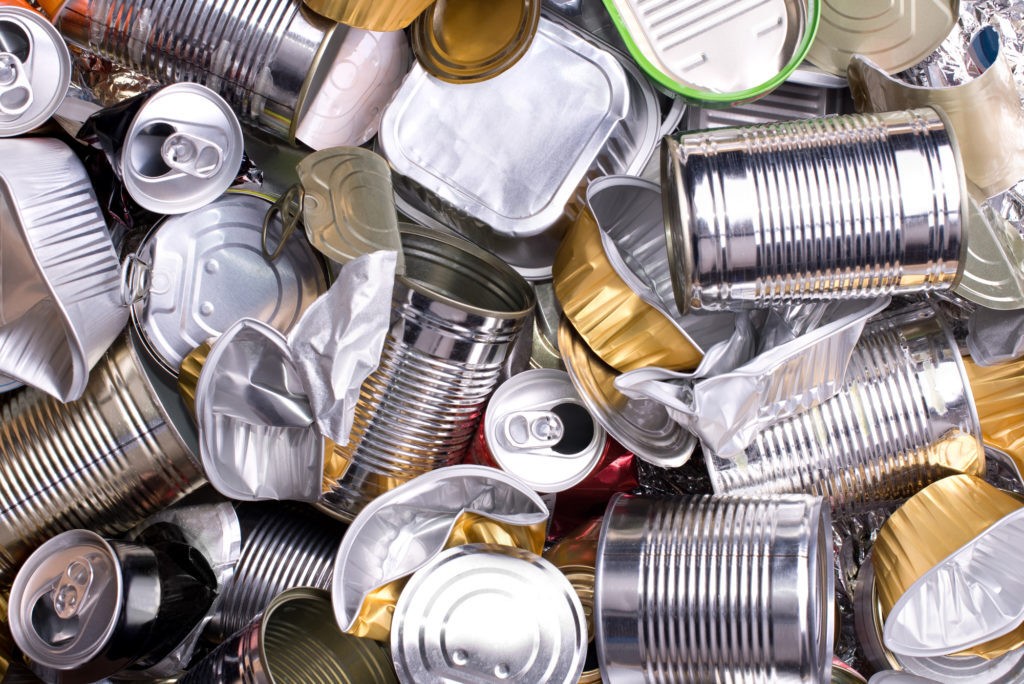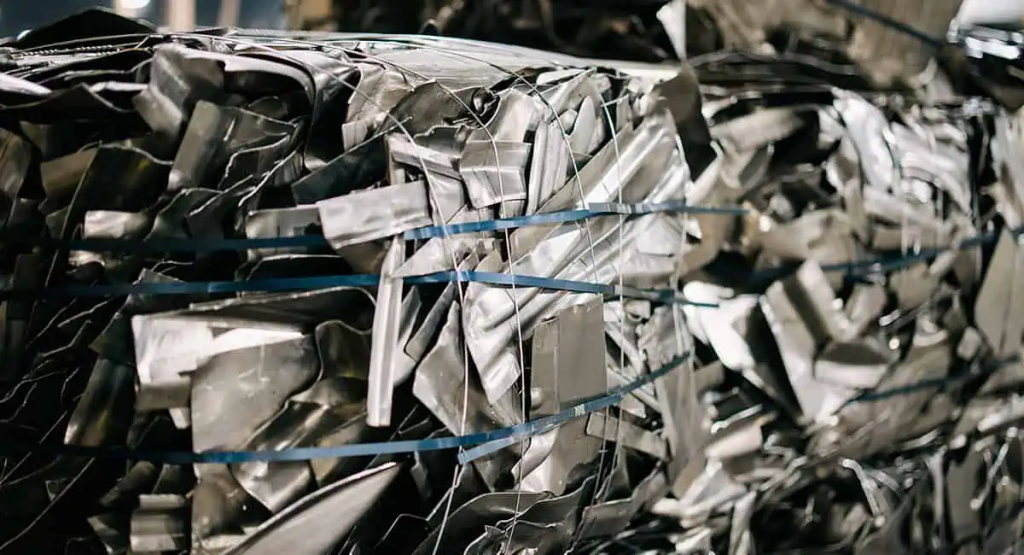Aluminium is often hailed as the most recyclable metal in the world and for good reason. With increasing global concerns about sustainability, waste reduction and resource conservation, aluminium has emerged as a true champion of circular economy practices. But what makes this lightweight metal so unique in terms of recyclability?
100% recyclable with zero degradation
Perhaps the most outstanding quality of aluminium is that it is 100% recyclable without any loss in quality. This means that aluminium can be melted down and reused endlessly, whether it’s in the form of a beverage can, an automotive part, or a building material. Unlike many other materials that degrade during the recycling process, aluminium retains all its original properties, making it just as strong and reliable as newly produced aluminium.

Source: General Kinematics
Energy efficiency and environmental benefits
One of the key reasons aluminium recycling is so widespread is the dramatic energy savings it offers. Recycling aluminium requires only about 5% of the energy needed to produce primary aluminium from bauxite ore. According to the Aluminum Association, this results in a 95% reduction in energy use and significantly less environmental impact, key performance metrics for ESG reporting and sustainability goals.

Source: Golden Aluminum
Widespread recovery and reuse
Aluminium’s high market value and ease of identification have led to the development of robust collection and recycling systems worldwide. Items like beverage cans, window frames, car parts and even electrical wiring are frequently recovered and reintroduced into production cycles. The metal’s magnetic resistance and low melting point make sorting and reprocessing relatively straightforward compared to other metals.
Moreover, aluminium products have long lifespans, sometimes exceeding 70+ years in construction. But even after decades of use, these products remain valuable and recyclable. Remarkably, it is estimated that about 75% of all aluminium ever produced is still in use today, showcasing the metal’s incredible recyclability and endurance.
Economic and circular value
Beyond environmental advantages, aluminium recycling has a strong economic case. The process supports a vast global industry and countless local recycling initiatives. It reduces reliance on mining and raw material imports, creating more resilient supply chains. Furthermore, as countries strive towards circular economy models, aluminium sets an example by reducing waste, conserving resources and supporting job creation in recycling industries.

Source: Stacbond
Future outlook
As sustainability becomes a global priority, aluminium is poised to play an even greater role in responsible production and consumption. Manufacturers are increasingly designing products with recyclability in mind and governments are pushing for better recycling infrastructure and policies. The continued growth of urbanisation and green technologies like electric vehicles and solar panels, many of which depend on aluminium, only amplifies the importance of maintaining a closed-loop aluminium economy.
Conclusion
From its endless recyclability to its unmatched energy savings, aluminium stands as a symbol of sustainable progress. Its ability to be reused again and again without degrading makes it not just the most recyclable metal, but also a material of the future. In a world striving for zero waste, aluminium is leading the way, “one recycled can at a time”.



